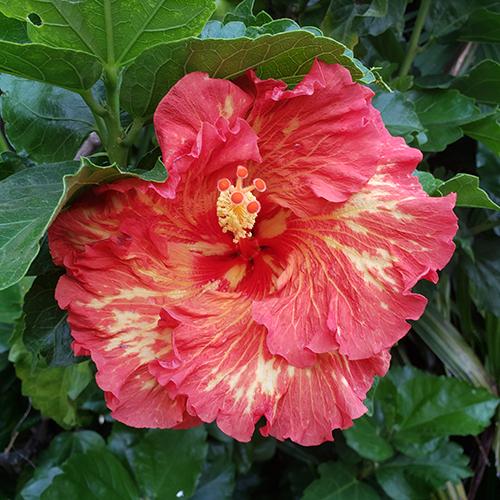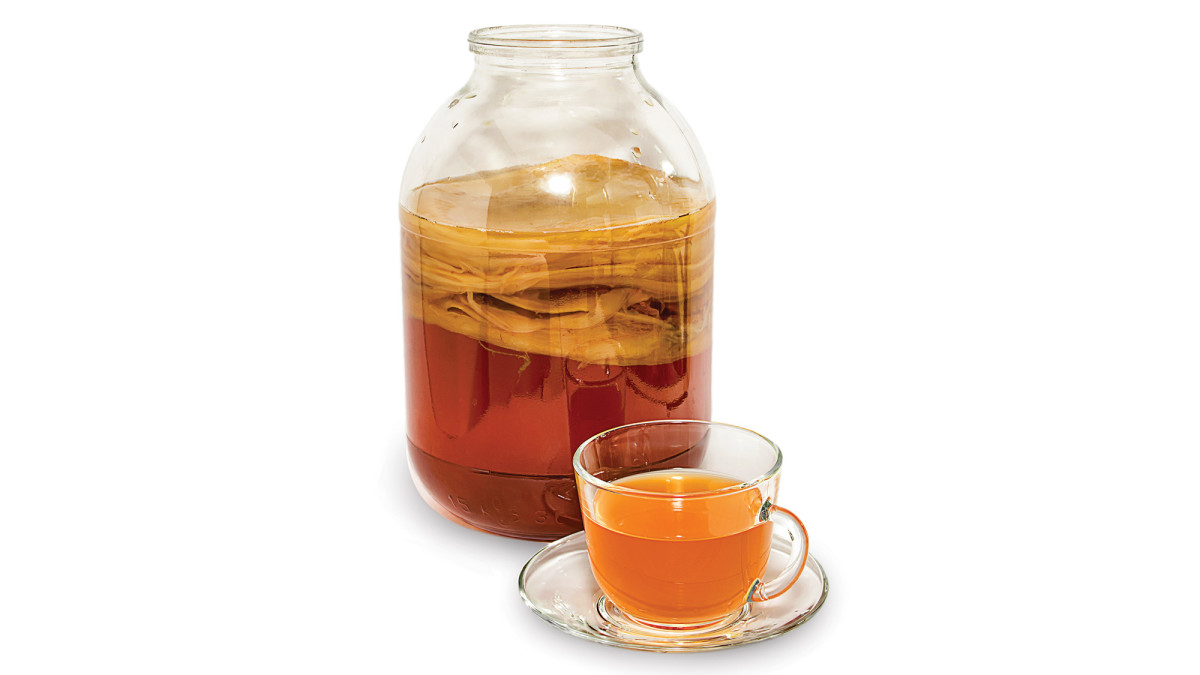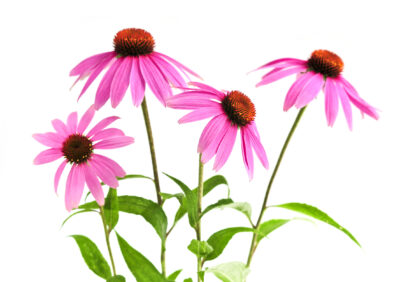
Benefits of Hibiscus
Hibiscus helped save our puppy We found a pedigree Golden retriever for sale for $50 in the local paper. At the time, they were selling

One of the controversial new health fads is a fermented beverage known as kombucha (kom BOO cha).
According to reports, millions of Americans are drinking it daily.
It can be “brewed” at home in a week by making a sweetened tea with green tea (or black tea) and adding a SCOBY.
It is a pancake-like blob.
The acronym stands for symbiotic colony of bacteria and yeast.
Due to its appearance, it is sometimes referred to as a “mushroom” even though it is not actually a fungi.
Not all kombucha SCOBYs contain the exact same strains of bacteria and yeasts, but they all generally do the same work.
The SCOBY feeds on the tea and sweetener and converts elements of them into health-promoting substances including:
The first is that it appears to contain antibiotics, a class of drugs whose misuse can foster resistant germs.
We are warned that we should not drink the beverage unless we have some real need of its properties internally for an infectious disease such as bronchitis.
The antimicrobial agent, usnic acid (a dibenzofruane derivative) has been used in the form of a traditional herb, usnea (old man’s beard), for quite a long time without much negative press.
In fact, it is this antiviral property that has the interest of the AIDS community.
The second objection to kombucha is the fact that it is grown in sometimes unsterile conditions that could lead to contamination by a variety of unwholesome organisms.
Of course the “unsterile” conditions in our own refrigerators contribute to the growth of all sorts of molds and bacteria on our breads, cheeses, tortillas and just about everything left for a bit.
Most of us are actually able to spot these contaminants and cut them out or throw the spoiled food out.
Those growing and using kombucha can tell just as easily if cultures are contaminated. The cultures are somewhat clear and translucent with any variation becoming obvious.

And although the taste of each batch varies slightly, radical changes in composition of the beverage are discernible, just as bad milk gives itself away.
I have made and drunk the beverage on and off myself for years.
The main benefits I experienced were improved digestion and more energy.
In addition to my busy work schedule, I play basketball, so I’m challenged in my ability to keep up with it all.
There is a noticeable difference when I drink more of this beverage.
In the past, when I was growing it, I provided SCOBYs (they multiply naturally in the process of making the beverage) to many students, fellow herbalists and other teachers.
They have given it to their friends, and them to their friends and so on with a geometric grass roots infusion into our immune deficient culture.
With the exception of a few individuals who had some problems with it because it aggravated candida, it has found more than a few happy homes and satisfied users.
Ask around and you’ll find a donor.
Growers are like folks with cats who are eager to find good homes for their kittens.
You can even grow your own SCOBY by obtaining the raw unflavored kombucha tea from a friend or purchase some and just let it sit, covered for 10-30 days.
The latest craze has been fostered by the AIDS community because of the reports of immune boosting activity specific to AIDS and MS, cancer, arthritis, chronic fatigue, (and the list goes on).
Kombucha can now be found on the shelves of most food stores.
I would use a process that was from start to finish about ½ hour.
So, rather than boiling the sugar and steeping the tea in three quarts of water and waiting several hours for it to cool, I start with one quart and add two more after the heat process to cool it off immediately. Do what works for you.
Although white cane sugar is recommended because it is refined and thus free of minerals, I use raw cane sugar.
The loose tea may be added in small muslin bags if desired.
This is equivalent to 4 tea bags green tea and 2 tea bags black tea.
Some folks suggests not using organic teas.
I ignore that advise.
Lipton is reportedly organically grown and works fine.
The directions call for 10 minutes, I like to leave it longer.
I pour it through the muslin cloth with the loose tea in it to leach out the remaining good stuff, then I wring the cloth out to get out the remaining tea).
The larger the surface area, the larger your SCOBY will become and the faster your batch will be done.
I used tea from my nursery, the bowl with SCOBYs waiting for homes.
This will have been “brewing” long enough to be really sour, like vinegar.
The high acidic PH of this tea is good insurance against your batch hosting undesirable growths.
I wrote the date and any other info on a little piece of masking tape and secure it to the cloth.
I have made batches with herbs such as nettle, ashwagandha, suma, mugwort, dandelion root, and burdock root, to name a few.
Simply brew them with the green/black tea.
This will contribute the medicinal and nutritional properties of the your brew, as well as its flavor.
Experiment and see what works best for you.

Wash your hands before and during the operation. Make sure everything is clean.
Love your Kombucha. It’s alive, alive!
Give it a good home and it will take good care of you.
Be patient with it. Winter means cooler temperatures and slower development of the tea.
I sampled it by removing the cloth, dipping in a clean spoon and tasting it.
Make it how you like, but remember to brew some so its sour enough to start your next batch.
You may wish to a obtain several more bowls or jars if you get into it and want lots to drink and have one for a nursery, like I did.
Fermentation involves the breakdown of sugar into alcohol and carbon dioxide.
As a result, kombucha tea does contain small amounts of alcohol.
Commercial kombucha teas are labeled “non-alcoholic” because they contain less than 0.5% alcohol. …
In fact, some homebrews have as much as 3% alcohol or higher.
Because kombucha contains lactic acid, some think that drinking it in excess could cause lactic acidosis, a build-up of lactic acid that could be hazardous to your health, even life-threatening.
But as long as you’re practicing moderation and not guzzling it, the risk is pretty slim.
Teaching comprehensive holistic education since 1985.
We are currently offering interactive hybrid courses including Herbal Fundamentals, Energy Healing, Aromatherapy and Clinical Herbology
Hybrid means you may choose to participate in each individual class in the hybrid course online or in person.
All of our products are made with love from organic, all-natural and ethically sourced ingredients.
We began making and perfecting our own herbal remedies more than thirty years ago and offer our favorite products for purchase.

Hibiscus helped save our puppy We found a pedigree Golden retriever for sale for $50 in the local paper. At the time, they were selling
Hawthorn Berry Hawthorn is known as the heart herb for its many benefits as a heart tonic. The berry has been a key part of

Can you take herbal supplements to arm your immune system? You probably know that zinc, vitamin D and vitamin C are gotta-have-its. How about herbal

While attending San Diego State College in the early seventies, my work-study job was in the vivarium, a room for keeping and raising animals for